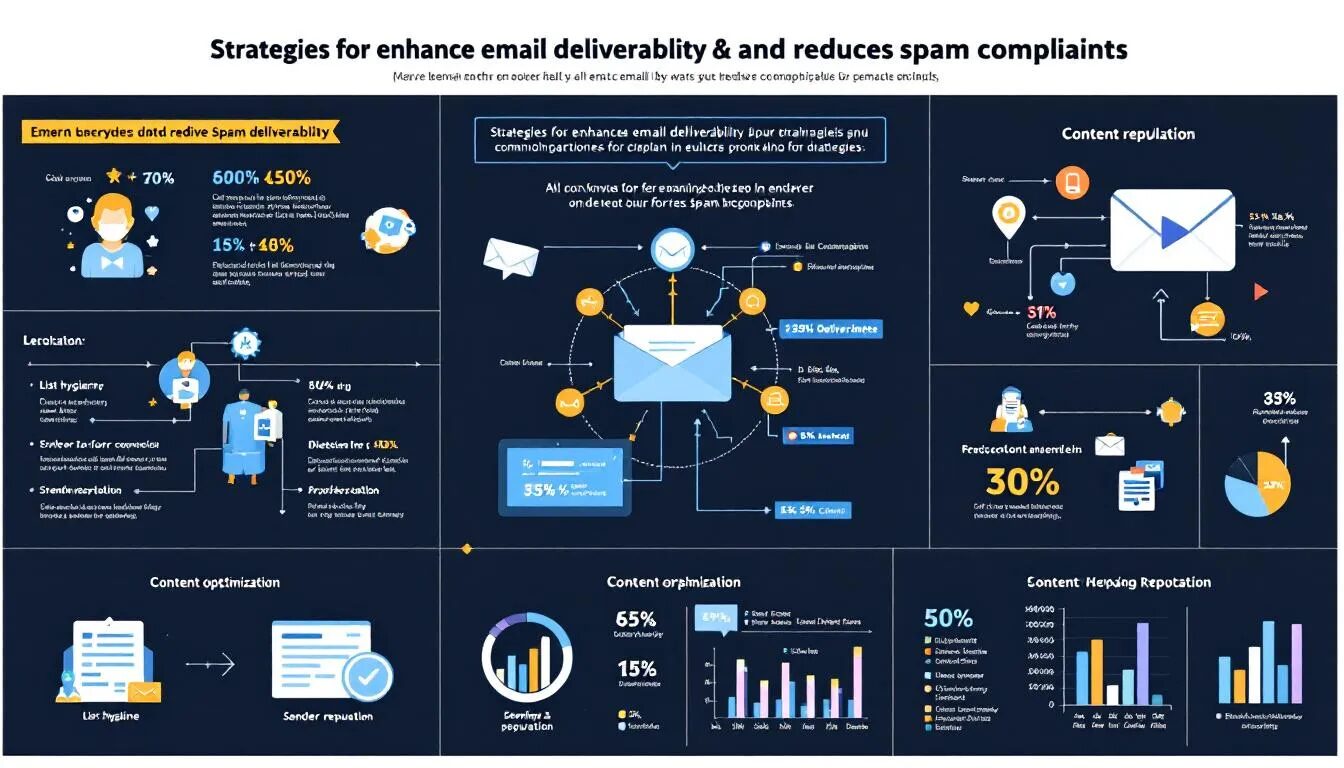
Innovation and Its Impact on Entrepreneurship
The iPad mini – barely released, yet already the target of tech geeks everywhere for being contrary to Steve Jobs’ wishes, and a retread of the Kindle Fire or the Galaxy Nexus 7. Articles have started flourishing across the interwebs, calling Apple a “follower.” Does a new product/service need to be the best thing since sliced bread in order to be called innovative? There are many definitions of innovation and the need to stand out from the crowd can sometimes stifle perfectly viable entrepreneurial ventures out of fear of not being innovative enough. Let’s decipher what innovation means, and what it means to you, the small business owner.
Disruptive vs. Incremental

The term “disruptive innovation” was coined by Clayton M. Christensen, professor at Harvard Business School. In his book The Innovator’s Dilemma, Christensen defines disruptive innovation as products/services that “bring to a market a very different value proposition than had been available previously. Generally, disruptive technologies underperform established products in mainstream markets. But they have other features that a few fringe (and generally new) customers value.” In other words, disruptive innovations will open up a new segment in the market, which early adopters jump on first to be followed by the general consumer audience.
On the other hand, incremental innovations are, according to the Business Dictionary, “a series of small improvements to an existing product or product line that usually helps maintain or improve its competitive position over time.” As opposed to disruptive innovations, incremental ones are more evolutionary in nature, as they won’t allow you to carve out a new market, but instead strengthen your position in the market by simply refining your already existing offering, or offer a product with a slight twist on something that was already successful, and make it your own.
It seems widely established in the business world that both disruptive and incremental innovations are considered, well, innovations. So, why did Apple catch so much flack for launching a product that provided an evolutionary step in their established iPad’s lifecycle? One word: Expectations. People have grown to expect Apple to “wow” them at every new product launch, while the company itself seems content with tweaking its already successful products. So the general public’s perception seems to be that disruptive innovations only can be called innovations, while incremental ones are only refinements. Let’s take a closer look at bridging the gap between these.
Innovation vs. Refinement

I’d like to add another question: Will people purchase it, regardless of it being innovative /refined?
Do People Really Need Innovation?

Circling back to my earlier Apple example, when the original iPad was first launched, people thought, “That’s just a big iPhone,” or, “Why would I need this, when I already have a laptop?” 2 and a half years and nearly a hundred million units sold later, doubters can put their doubts to rest: people actually did have a need for a lightweight device they’d be able to carry around, just to browse the Internet or read books/magazines on. What Apple was able to do was create a need, find a niche in a market over-saturated with desktop and laptop computers, by simply tweaking their iPhone concept and giving it a larger screen-size.
Let’s say you’re a burgeoning entrepreneur, or already in the process of mounting your own small business. Your fear is that a product/service you’re ready to launch isn’t innovative enough, that you won’t be able to differentiate yourself from the competition. What will determine the success of your business is how you manage it, from concept to launch, whether the market has a need for it, and then selling the heck out of it. When trying to raise capital to fund your business, investors and VC’s (Venture Capitalists) will be looking at your business plan, and how you plan on sustaining growth for your company, not just at how “innovative” your product/service is. Execution, and long-term viability are key, not nice and shiny new stuff that’s going to generate a few oohs and aahs for 2 minutes and then fade away. So make sure you’ve done your homework (i.e., market research, resources planning, etc.) and take the leap!
What do you think? Have any ideas of your own that you thought weren’t innovative (enough), but that you may have second thoughts about after reading this post? Share away in the comments!
© 2012 – 2013, Contributing Author. All rights reserved.



